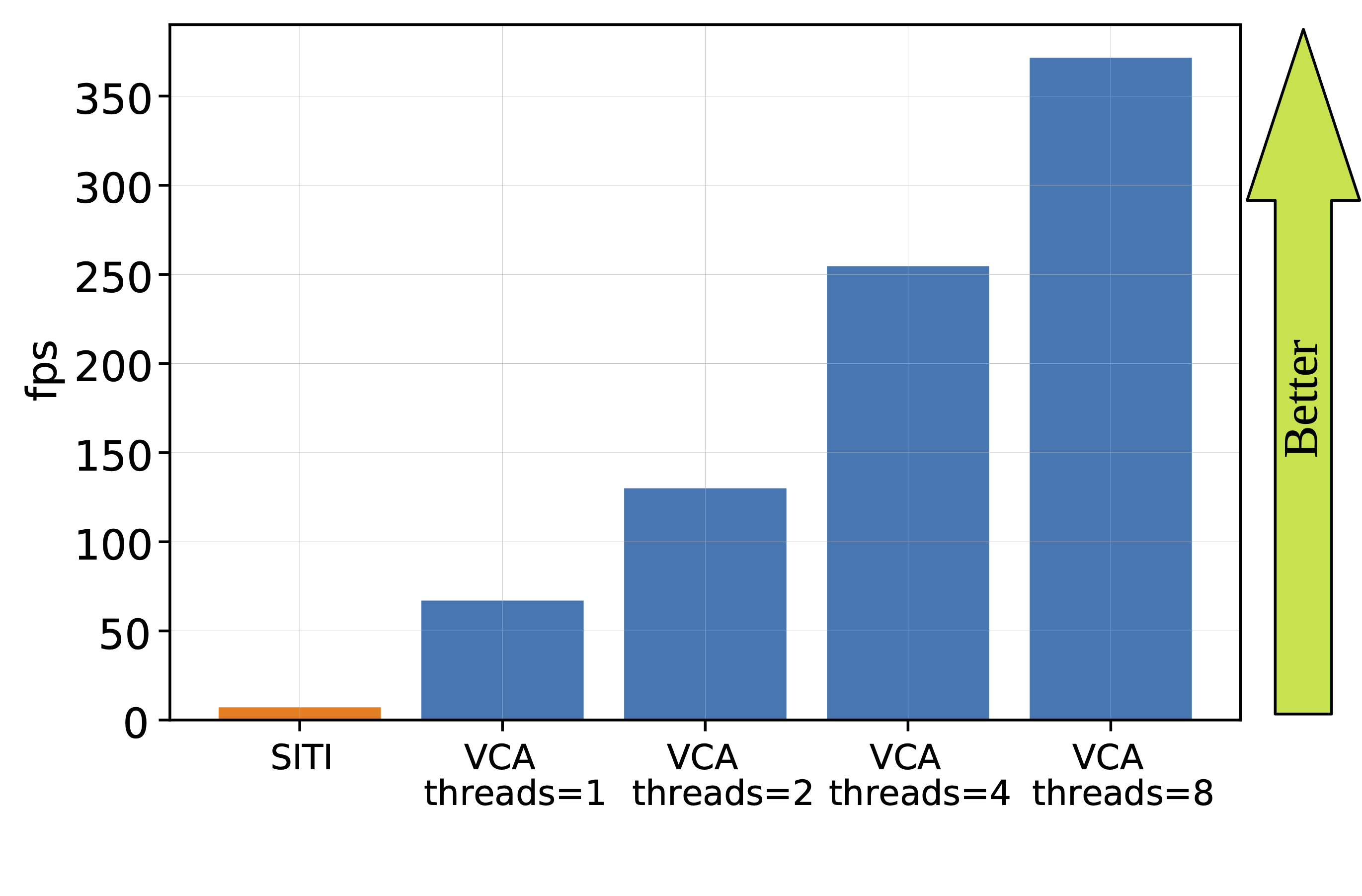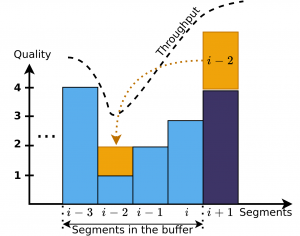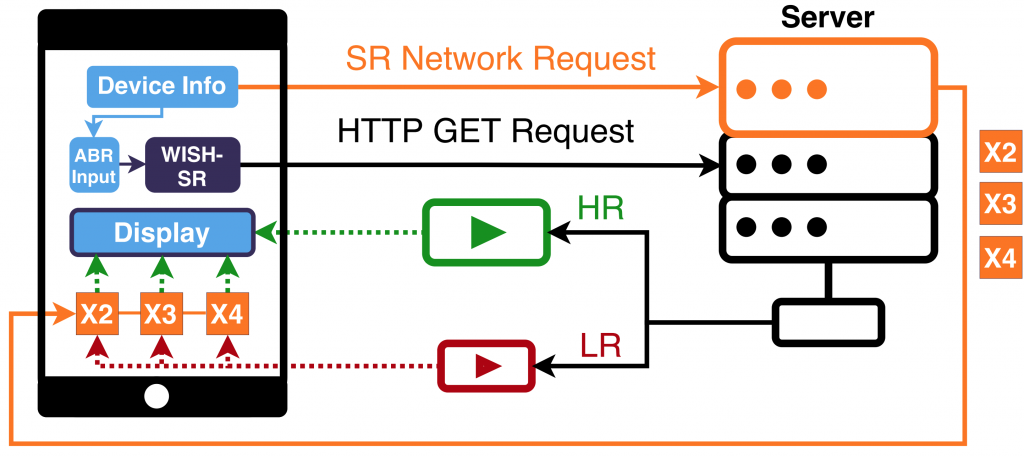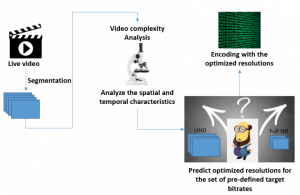Title: Big Data Pipelines on the Computing Continuum: Tapping the Dark Data
Authors: Dumitru Roman, Radu Prodan, Nikolay Nikolov, Ahmet Soylu, Mihhail Matskin, Andrea Marrella, Dragi Kimovski, Brian Elvesæter, Anthony Simonet-Boulogne, Giannis Ledakis, Hui Song, Francesco Leotta, Evgeny Kharlamov
Abstract: Big Data pipelines are essential for leveraging Dark Data, i.e., data collected but not used and turned into value. However, tapping their potential requires going beyond existing approaches and frameworks for Big Data processing. The Computing Continuum enables new opportunities for managing Big Data pipelines concerning efficient management of heterogeneous and untrustworthy resources. This article discusses the Big Data pipelines lifecycle on the Computing Continuum, its associated challenges and outlines a future research agenda in this area.









 Authors: Minh Nguyen (Christian Doppler Laboratory ATHENA, Alpen-Adria-Universität Klagenfurt, Austria), Christian Timmerer (Christian Doppler Laboratory ATHENA, Alpen-Adria-Universität Klagenfurt, Austria), Stefan Pham (Fraunhofer FOKUS, Germany), Daniel Silhavy (Fraunhofer FOKUS, Germany), Ali C. Begen (Ozyegin University, Turkey)
Authors: Minh Nguyen (Christian Doppler Laboratory ATHENA, Alpen-Adria-Universität Klagenfurt, Austria), Christian Timmerer (Christian Doppler Laboratory ATHENA, Alpen-Adria-Universität Klagenfurt, Austria), Stefan Pham (Fraunhofer FOKUS, Germany), Daniel Silhavy (Fraunhofer FOKUS, Germany), Ali C. Begen (Ozyegin University, Turkey)





